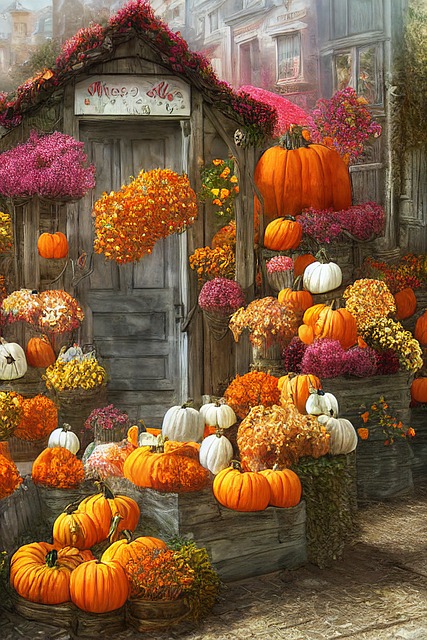Section 1: The Rise of AI Art
Artificial Intelligence (AI) has been making waves in various industries, from healthcare to finance. But one area that is often overlooked is its impact on the world of art. AI art, also known as algorithmic art or generative art, is a form of art created with the use of algorithms and machine learning. This revolutionary technology has opened up a whole new world of possibilities for artists, allowing them to push the boundaries of creativity and challenge traditional notions of art. In this article, we will explore the creative power of AI art and how it is revolutionizing the way we think about writing.
Section 2: The Creative Process of AI Art
The creative process of AI art is vastly different from traditional art forms. Instead of the artist’s hand, it is the computer’s algorithms that generate the artwork. The artist acts as a facilitator, providing the AI with the necessary data and parameters to create the artwork. This collaboration between human and machine results in a unique and unpredictable outcome, making each piece of AI art truly one-of-a-kind.
One of the most fascinating aspects of AI art is its ability to learn and evolve. The algorithms used in AI art are constantly improving and adapting, allowing for endless possibilities and variations in the artwork. This means that the more data and information the AI receives, the more complex and sophisticated its creations become. This dynamic nature of AI art challenges the traditional notion of a fixed, static piece of art, and instead, embraces the concept of continuous change and evolution.
Section 3: The Impact on Writing
While AI art is often associated with visual art forms, its impact on writing cannot be ignored. AI-powered writing tools, such as Grammarly and QuillBot, have become increasingly popular among writers, helping them to improve their grammar, syntax, and overall writing style. These tools use machine learning algorithms to analyze and suggest improvements to written content, making the writing process more efficient and effective.
But AI art goes beyond just improving writing skills. The technology has also been used to create original pieces of written content. For example, OpenAI’s GPT-3 (Generative Pre-trained Transformer) has been used to generate articles, essays, and even poetry. GPT-3 is trained on a massive amount of text data, allowing it to generate human-like text that is indistinguishable from that written by a human. This has sparked a debate about the role of AI in the creative process and whether AI-generated content can be considered art.
Another way AI is revolutionizing writing is through the creation of interactive storytelling. AI-powered chatbots, such as Replika and Cleverbot, have been used to create immersive and personalized stories for readers. These chatbots use natural language processing to understand and respond to user input, creating a unique and engaging reading experience. This blurs the line between reader and writer, as the reader’s choices and responses shape the direction of the story.
Section 4: The Future of AI Art and Writing
As AI technology continues to advance, the possibilities for AI art and writing are endless. AI-powered tools and programs are becoming more sophisticated and user-friendly, making it easier for artists and writers to incorporate AI into their creative process. This has led to a rise in AI art competitions and exhibitions, showcasing the potential of this technology in the art world.
However, there are also concerns about the impact of AI on the future of art and writing. Some argue that AI-generated content lacks the emotional depth and human touch that is essential to art and literature. Others worry about the ethical implications of AI art, such as the ownership and copyright of AI-generated content.
Despite these concerns, it is clear that AI art and writing are here to stay. The collaboration between human and machine has the potential to push the boundaries of creativity and challenge our perception of what is considered art. As AI technology continues to evolve, it will be exciting to see how it will shape the future of writing and art.
In conclusion, AI art has revolutionized the creative process, challenging traditional notions and opening up a world of endless possibilities. Its impact on writing can be seen in the form of AI-powered writing tools, interactive storytelling, and even the creation of original written content. While there are debates about the role of AI in art and writing, one thing is certain – AI has the power to transform and enhance the creative process, making it an invaluable tool for artists and writers alike.










